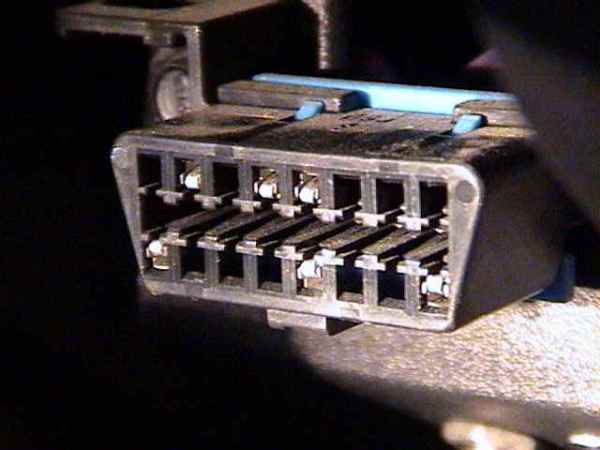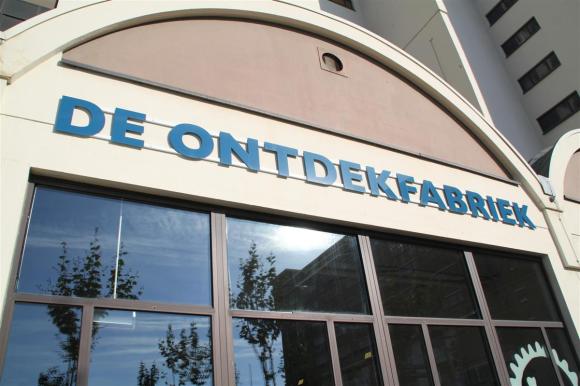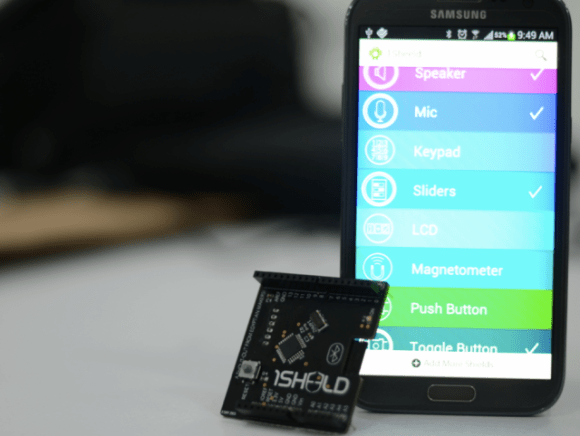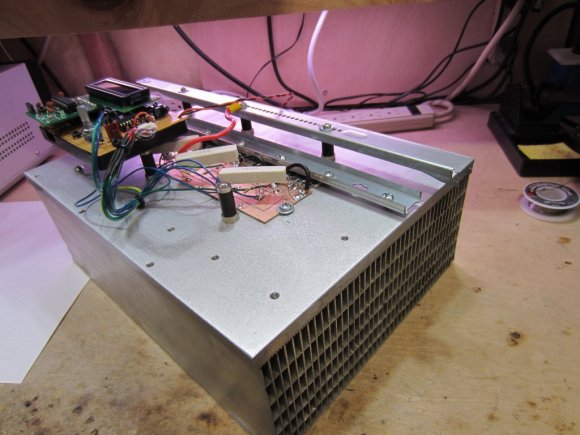We’ve gone over the basics of CAN and looked into how CAN databases work. Now we will look at a few protocols that are commonly used over CAN.
In the last article we looked at CAN databases, where each bit of a message is mapped to a specific meaning. For example, bit 1 of a CAN message with ID 0x400 might represent whether the engine is currently running or not.
However, for more complex communications we need to use protocols. These can map many meanings to a single CAN ID by agreeing on a structure for sending and receiving data.

















